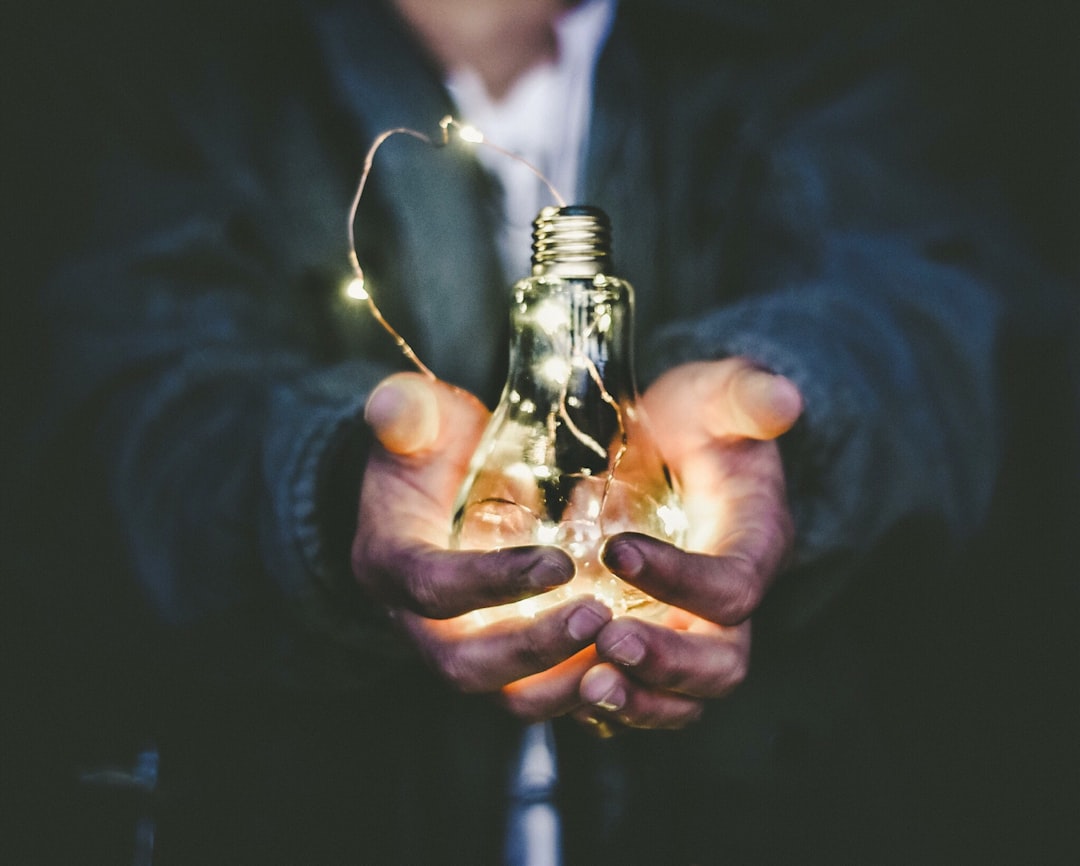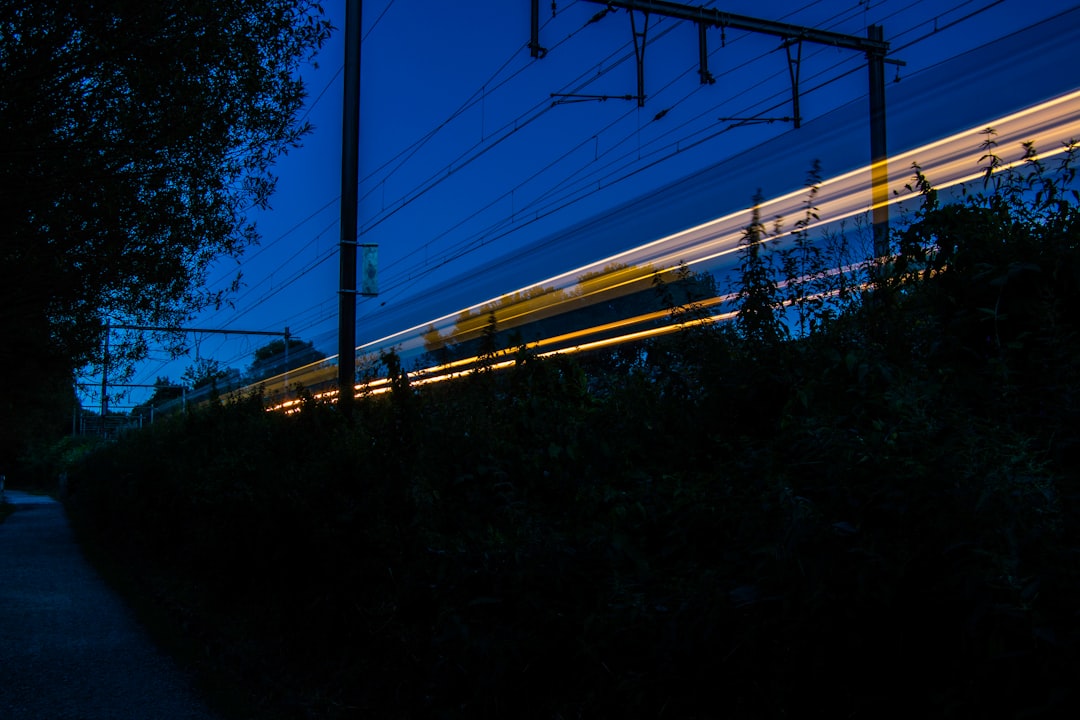What is it about?
Poor families living on “chars” – river islands particularly prone to flooding – and donot have access to safe drinking water. These people mainly depend on river water and tube wells came as a solution, but soon it turned out to be a menace as it was contaminated with arsenic few years ago. Providing clean water in riverbank dweller a zero energy, simple and effective household water purification systems have been developed and discussed in this publication. Thus to solve the scarcity of safe drinking water for these vulnerable populations and improve sanitation and hygiene to this communities, this methods is perfect.
Featured Image
Why is it important?
1. EASE OF USE : The system does not require any energy source to deliver the filtered water The system and the quality of the resulting water (e.g. taste, color, smell, and turbidity) were found acceptable for the populations affected by the humanitarian emergency; The system work with water with a turbidity of up to 50 NTU and the treated water provide a turbidity of less than 0.1 NTU. The system ensured 99.9% virus protection (3-log reduction) and 99.99% bacteria and protozoa protection (4-log reduction). The system can be used as long as consumer want and the consumables including disinfectants (MOSP) is eco-friendly and don’t have minimum environmental impact.
Perspectives
The success of this innovation depends on your initiatives to use this technique in any countries of the world wherever water scarcity exists. ADVANTAGES 1) Low cost and easily adoptable to any countries in any emergencies 2) Peoples involvement necessary thus sustainable 3) Reduce diarrhoeal and other gastrointestinal diseases 4) Increase sanitation & hygiene and improvement of livelihood 5) Increase use of surface water at household level 6) Reduce the disparities in access to drinking water in rural and urban people
Dr MD LATIFUL BARI
Dhaka University
Read the Original
This page is a summary of: Low cost and sustainable surface water purification methods using
Moringa
seeds and scallop powder followed by bio-sand filtration, Water Science & Technology Water Supply, July 2016, IWA Publishing,
DOI: 10.2166/ws.2016.111.
You can read the full text:
Contributors
The following have contributed to this page










